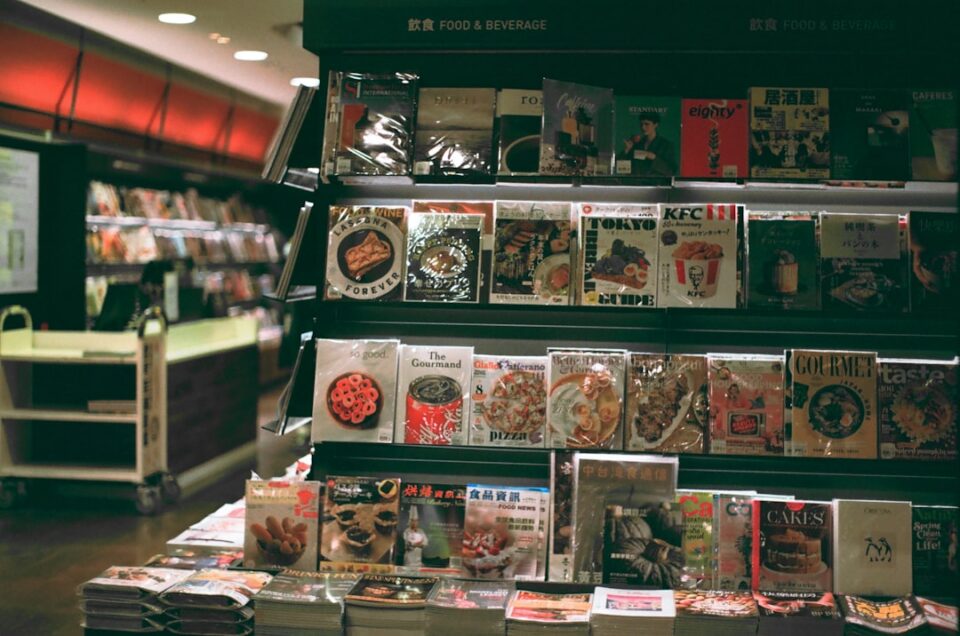Art has been a powerful tool for storytelling and communication for centuries. From cave paintings to modern art installations, artists have used various mediums to convey messages, evoke emotions, and share their experiences with the world. The ability of art to transcend language barriers and connect people on a deeper level makes it a valuable tool for communication.
Art can be found in many forms, including paintings, sculptures, photographs, music, dance, theater, and more. Each of these mediums has its own unique way of conveying messages and telling stories. For example, a painting can tell a story through colors, shapes, and brushstrokes, while a dance performance can convey emotions and narratives through movement and music.
One of the key strengths of art as a tool for storytelling and communication is its ability to evoke emotion. Art has the power to make us feel joy, sadness, anger, or empathy, often without the need for words. For example, a powerful photograph of a war-torn country can evoke feelings of compassion and solidarity, while a serene painting of a peaceful landscape can bring a sense of calm and tranquility.
Art can also serve as a means of expressing complex ideas and concepts that may be difficult to articulate through words alone. Through symbols, metaphors, and abstract compositions, artists can communicate profound truths and perspectives that challenge our understanding of the world. This is why art has often been used as a form of social commentary, activism, and protest, allowing artists to speak out against injustice and oppression.
Additionally, art can help us gain insights into different cultures, histories, and experiences. By exploring the works of artists from diverse backgrounds, we can learn about their perspectives, values, and struggles, and develop a greater understanding and appreciation for the richness and diversity of human experience. Art can serve as a bridge that connects people from different walks of life and fosters empathy and understanding across cultural and societal divides.
Moreover, art can be a powerful tool for preserving and documenting history and memory. Through visual representations, artists can capture significant events, moments, and emotions that may otherwise be forgotten or overlooked. By creating artworks that serve as a visual record of our shared history, artists contribute to the preservation of collective memory and ensure that important stories are remembered and passed down through generations.
In the digital age, art has also found new ways of reaching audiences and engaging with communities. Social media platforms, online galleries, and virtual exhibitions have provided artists with new avenues for sharing their work and connecting with viewers from around the world. Digital art forms such as animation, digital painting, and virtual reality have enabled artists to explore innovative ways of storytelling and communication that were previously not possible.
The use of art as a tool for storytelling and communication is not limited to professional artists and creatives. In fact, anyone can harness the power of art to share their own stories, perspectives, and experiences with the world. Whether through doodles in a journal, photographs on social media, or poetry in a blog, individuals can use art as a means of self-expression and communication, creating their own narratives and connecting with others in meaningful ways.
In conclusion, art is a versatile and powerful tool for storytelling and communication that has the potential to inspire, educate, and unite people from all walks of life. By tapping into the creative potential of art, we can foster empathy, understanding, and dialogue, and create a more compassionate and connected world. Whether through paintings on a canvas, music in a concert hall, or dance on a stage, art has the capacity to transcend boundaries and bring people together in profound and transformative ways. So let’s continue to embrace and celebrate the power of art as a tool for storytelling and communication, and allow it to inspire us, challenge us, and connect us in ways that words alone cannot.

